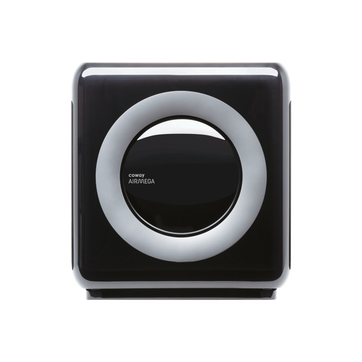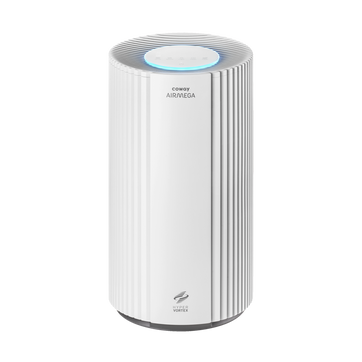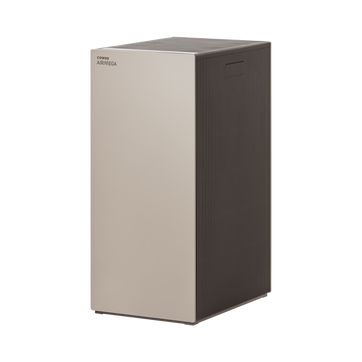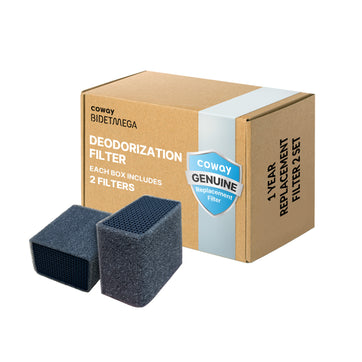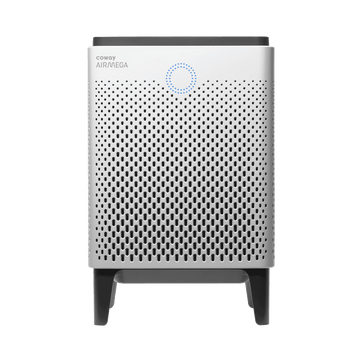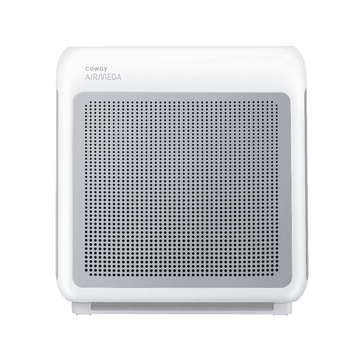
Here's why your water tastes terrible
It’s an uneasy feeling when your tap water tastes like rotten eggs. Or chlorine. Or metal. What’s going on in the water to give it those peculiar flavors? Here are the top reasons why tap water can taste, and smell, terrible.
Taste: Rotten Eggs
Culprit: Hydrogen Sulfide
Hydrogen sulfide is a prime—and easy to identify—offender in water supplies, but it’s also a natural one. It can occur when bacteria in the soil metabolize sulfur and then emit hydrogen sulfide as a byproduct. It’s harmless to ingest, but it is unpleasant to the senses and can corrode pipes over the long term.
Taste: Swimming Pool
Culprit: Chlorine
The reason for this widespread complaint is simple. Both chlorine and chloramine are common disinfectants in water systems. In fact, the Environmental Protection Agency requires that utilities use chlorine to avert waterborne diseases. Chloramine is seeing wider use nowadays because it’s more stable than chlorine and because it doesn’t result in as many harmful byproducts when it reacts with other compounds naturally found in water supplies.
Taste: Tin Can
Culprit: Minerals
Trace amounts of iron, zinc, manganese and copper can find their way into your tap water from old pipes or from natural sources, since water can collect iron and manganese from soil. Iron, which gives water a reddish hue, can stain clothes. While low levels of iron or zinc shouldn’t cause health issues, lead is another story, so it’s a good idea to have your water tested if it has a metallic taste.
Taste: The Ocean
Culprit: Chlorides
Salty water coming out of your tap can be unsettling because it’s a familiar flavor—almost like ocean water or the salted water we use for pasta. Most of the time, the actual reason for it is chlorides, which occur naturally in soil. Still, it is possible that seawater is seeping into the water supply, and in one case from New Jersey, the reason was road salt, which is used to clear streets after snowfall.
If you’ve noticed that your water tastes “off,” it might be time to consider using a water purifier, like Coway Aquamega, in your home. Coway Aquamega can improve the taste, mouth-feel and health of your drinking water.
Disclaimers
1Coway air purifiers have been proven to trap dust, pollen, dander, viruses and bacteria in the air based on KCL (Korea Conformity Laboratories) testing.They have been tested in a 30㎥ size chamber according to the Korea Air Cleaning Association standard (SPS-KACA 002-132:2022 Modified) to measure the 0.01㎛ size of particle removal rate. It was tested on maximum airflow speed in normal room temperature and humidity conditions. The performance may vary in the actual living environment of customers.
→ Tested with Airmega Aim, 50, 100, 150, 160, Tower AP-1216L, Mighty AP-1512HH, MightyS AP-1512HHS, 200M, Icon, IconS, 230, 240, 250, 250 Art, 250S, 300, 300S, 350, 400, 400S, 450, ProX
299.97% of viruses, bacteria, fungi and pollen were verified to be removed from the air for Coway air purifiers which have Green True HEPA™ filter applied based on the Japan Food Research Laboratories(JFRL) testing according to JEM 1467 standard.
→ Tested with Coway Airmega Mighty AP-1512HH, MightyS AP-1512HHS, 250, 250 Art, 250S, 300, 300S, 400, 400S
→ All tested by JFRL and received above result within below time.
4The concentration of ammonia, acetaldehyde and acetic acid were proven to be removed within 30 minutes by FCG Research Institute, Inc. Human Life Science Lab. It is not a demonstration result in the actual use space. Not all odors and gases may be supported. → Tested with Coway Airmega 150, 160, Mighty AP-1512HH, MightyS AP-1512HHS, 400, 400S
5The coverage area of the air purifier is based on an area where the air cleaner can make two air changes per hour (ACPH). An air change per hour translates to how many times an air purifier can clean an area, assuming the height of a ceiling to be 8 ft, in one hour. Therefore ** means two air changes per hour means that the cleaner can clean the area once every 30 minutes and * means air changes per hour means that the air purifier can clean the area once every 60 minutes.
10Terms and conditions apply. Discounts, including promotions, coupons, bundle discount and subscription discount, cannot be stacked on top of other coupons. During promotional periods, discount codes will not be able to be applied to orders. Promo codes may apply to products only—filters, accessories, and new products within 3 months of the release date are not included.
11Based on Coway R&D internal laboratory testing, activated carbon filtration was shown to remove up to 95% of ammonia odors within 40 minutes, and up to 99% of fecal odors within 20 minutes. Actual performance may vary depending on usage conditions.

